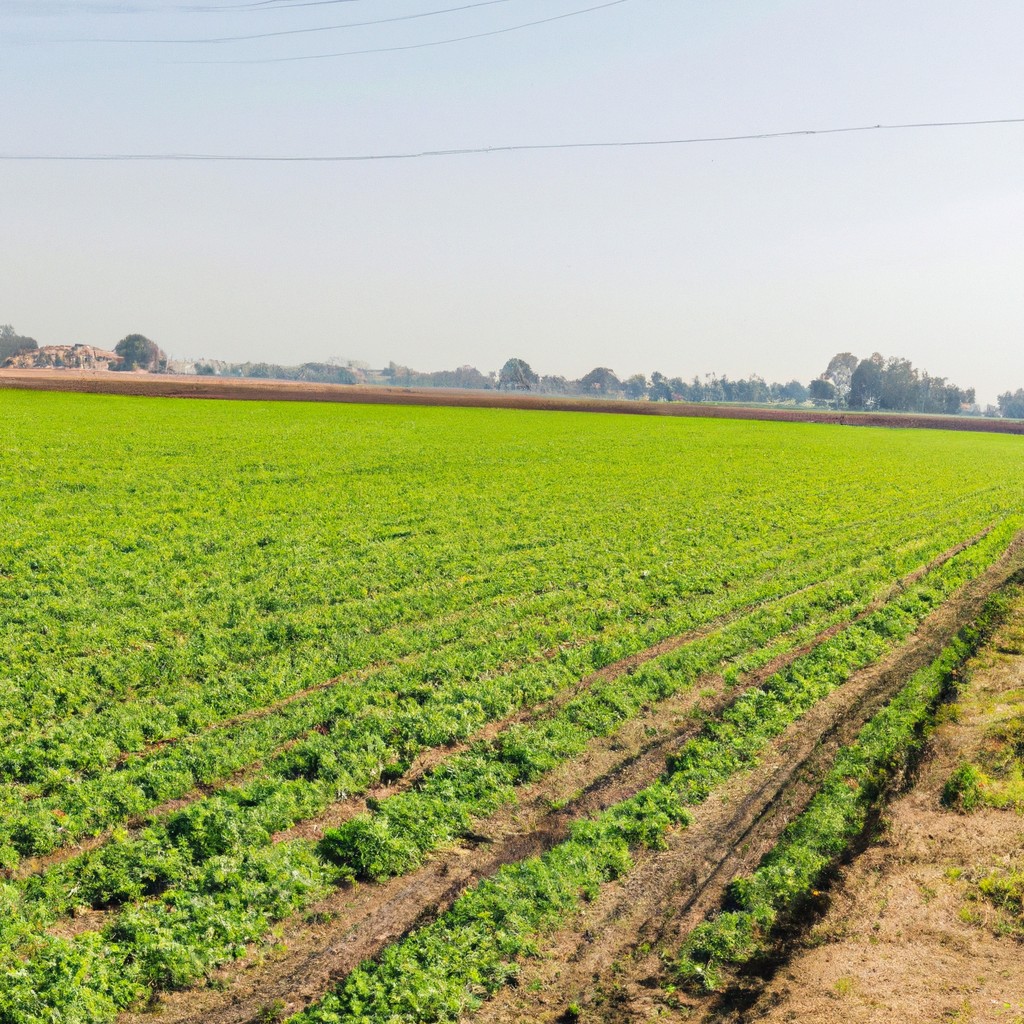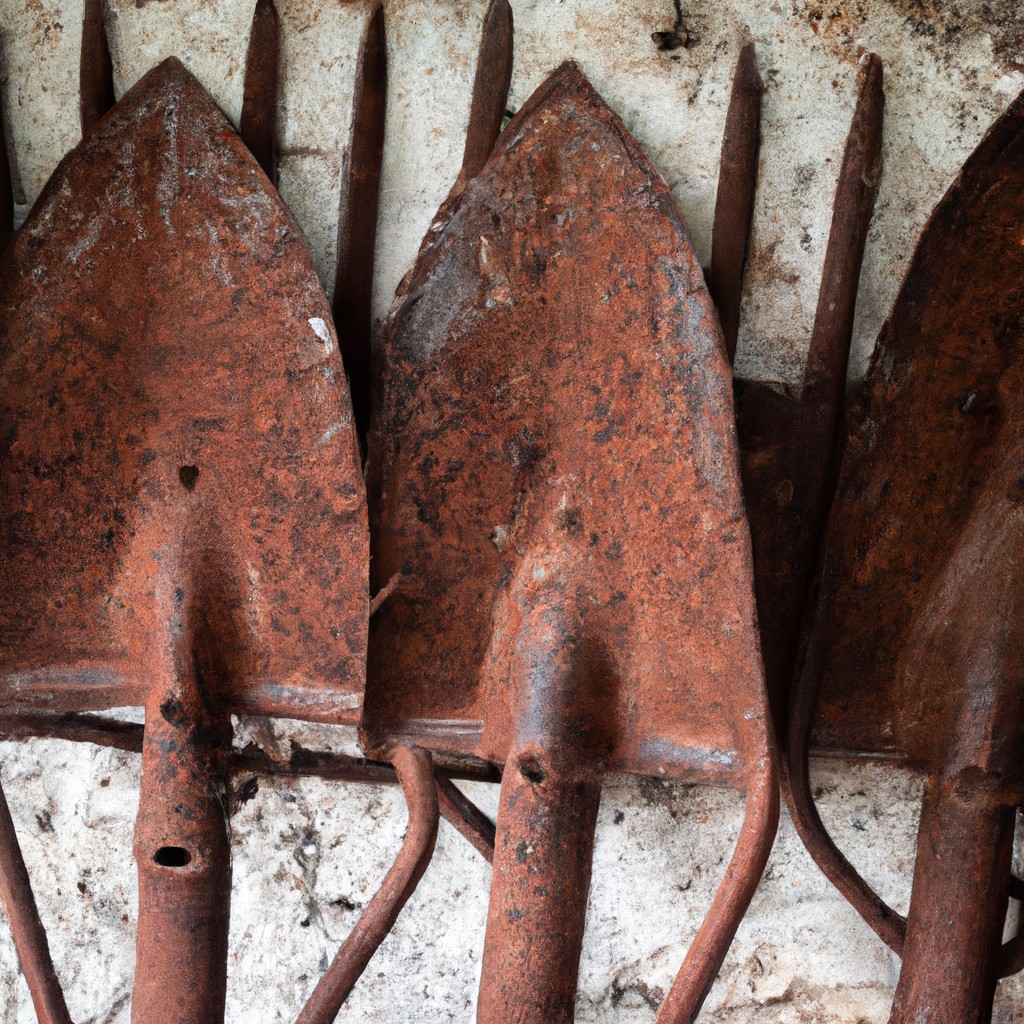Discover how Egypt’s farming innovations are turning desert sands into blossoming orchards with sustainable practices.
Look Inside:
Beginnings of Agriculture

Picture it: Ancient Egypt, around 5000 BCE. The place where people figured out that the ground could be more than just something you trip over. They discovered how to plant and harvest grain.
- Earthquake alert! People began settling along the Nile River, which had an uncanny knack for flooding at just the right time to boost fertility, kind of like a calendar invite from Mother Nature.
- Agricultural practices emerged right alongside civilization itself. These folks were multitaskers; they dabbled in pottery, animal husbandry, and crafting tools, all while figuring out how to grow enough food to avoid having to move. Nobody wanted to carry those pyramids.
- Simple dig holes in the ground? No way! Egyptians grew barley and emmer wheat, developing techniques to yield bumper crops.
- Agriculture became so successful that food surpluses were a thing. Surplus in the dessert? No, it did not involve too many baklava. This surplus supported social hierarchy, making job specialization a reality. Hello, ancient career advisor!
Egypt leveraged its geography, turning challenges into opportunities, leading to innovations that laid the groundwork for a flourishing civilization.
The Nile and Field Planting
Life in Egypt revolves around a certain long, snaky river. The Nile isn’t just a pretty view; it’s the lifeblood of the land. Picture a superpower that turns arid desert into fertile fields, done brilliantly by the annual flooding.
Floods deposit nutrient-rich silt over fields, a natural fertilizer that ancient Egyptian farmers adored. This process made the farmland as fertile as a farmer’s dreams, ready for planting.
The flat river plains are ideal for an organized grid of crops. Ancient Egyptians played a farming version of Tetris, laying out fields in neat, strategic rectangles.
Embracing the flow of life and water, they understood timing was crucial. Planting occurred right after flooding, allowing crops to soak up nutrients like tourists basking in sunshine.
Irrigation Systems
Picture a desert without rain, crying for a splash like a camel chasing an oasis. Ancient Egyptian farmers worked out how to quench the land’s thirst using an innovative technique.
Canals and ditches: These engineering marvels were carved out to transport the Nile’s water to fields. Think of them as the original rural plumbing.
Shaduf: This was the Egyptian version of a see-saw, using a bucket on a lever. It allowed farmers to scoop and splash river water onto thirsty crops—simple, yet effective.
Basin irrigation: Picture a jigsaw puzzle made of mud. Fields were divided into basins, which were flooded during the river’s high inundation. As the waters receded, crops drank up the moisture left behind.
These methods transformed arid lands into lush, productive fields, defying nature with a wink and a nudge.
Horticulture
Hedge your garden bets! Ancient Egyptians were not just about wheat and barley—they had a taste for the finer things in green life. They grew fruits, vegetables, and flowers in home gardens. Here’s how they did it:
They were masters of multitasking. Gardeners planted tamarisk trees, which doubled as shade for sun-sensitive plants.
Flavor came from nature’s pantry. Herbs like coriander and dill sprouted for culinary and medicinal purposes.
And let’s not forget the bling. Flowers like lotus and papyrus weren’t just eye-candy; they were often used in religious ceremonies.
Ancient Egyptians truly knew the ABCs of greenery, or should we say RWBs—roots, water, and bounties!
Crops Grown
Egyptian farmers have a delectable buffet of crops to choose from, thanks to the Nile’s generous touch and a climate that plays nice most of the time. Wheat is the reigning champion, deeply rooted in history as a staple grain, while its glutinous cousin, barley, occasionally tags along to the ancient feast.
Oftentimes, sugarcane and beets play the sweetest of games, transforming ordinary fields into confectionery dreams. Cotton doesn’t like being left out, so it dons its fluffiest coat to join the agricultural party, ready to spin tales as fine as its fibers.
Vegetables also make a splashing entrance. Think radishes and lettuce, striking a delightful contrast against more exotic foreign dance partners like cucumbers and onions. Don’t forget the introverted legumes, such as lentils, who love making a quiet yet nutritious addition to your salad bowl.
With such variety, you might say Egypt’s crops offer more flexibility than a yoga master.




